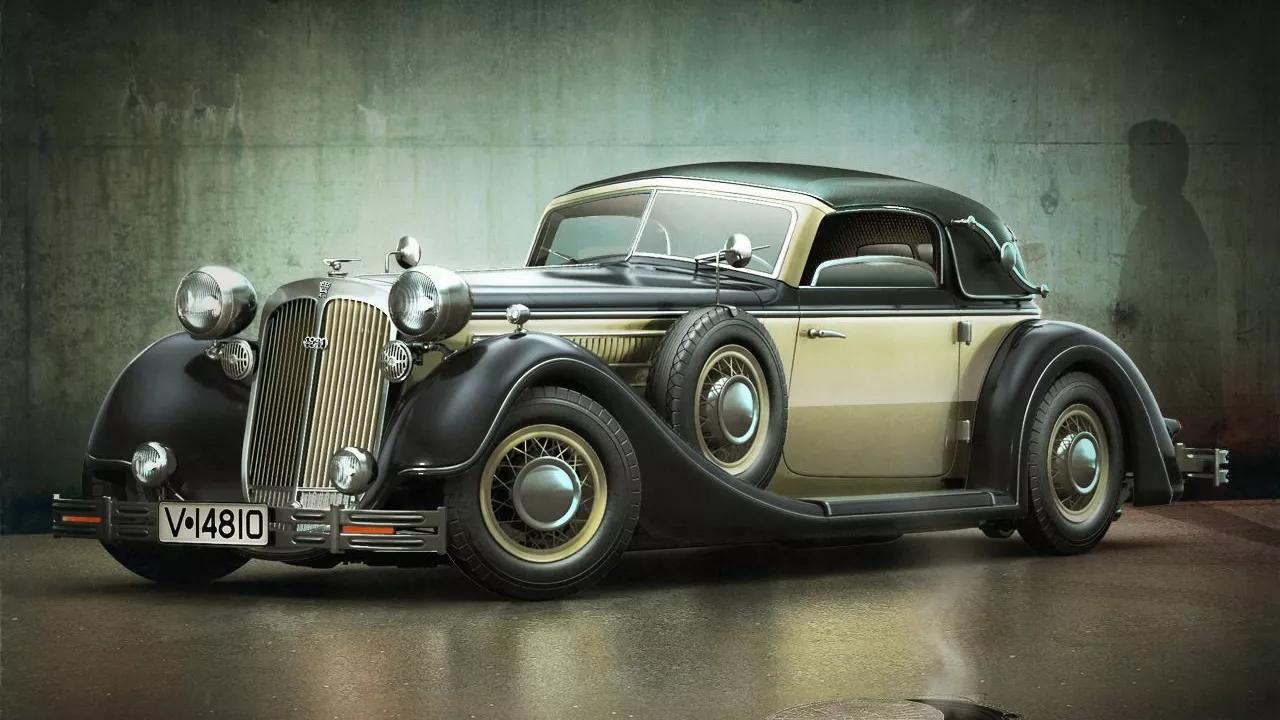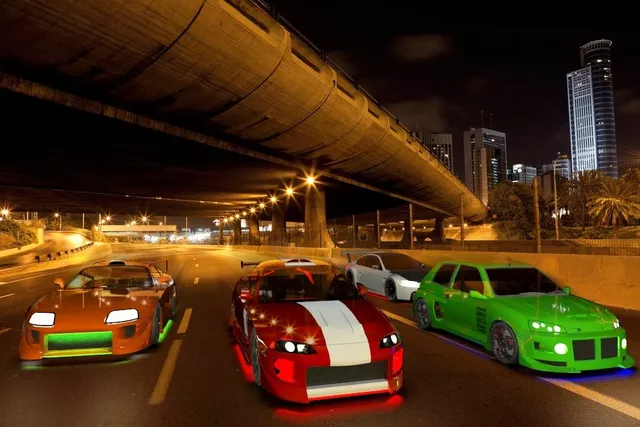Vintage Automobiles: Why Classic Cars Still Captivate Fans
If you’ve ever seen a 1960s Mustang cruising down a street, you know the feeling – a mix of nostalgia, admiration, and a sudden urge to learn its story. Vintage automobiles aren’t just old metal; they’re moving pieces of history that let us experience the past in a way a photo never can. Whether you’re a seasoned collector or just a curious driver, understanding what makes a car “vintage” helps you appreciate its value and enjoy it responsibly.
What Makes a Car Vintage?
The term “vintage” can be fuzzy, but most enthusiasts agree on a few basic rules. First, the car usually needs to be at least 30 years old – that’s the age most clubs use for eligibility. Second, it should retain its original design and key components, like the engine, body shape, and interior trim. A 1959 Chevrolet Bel Air with a swapped modern engine might look fast, but it loses its vintage status in the eyes of purists. Rarity also matters; a limited‑production model or a vehicle linked to a famous race or movie adds extra intrigue.
Beyond age and originality, the cultural impact of a model can push it into vintage territory. Think of the 1971 Porsche 917 – its win at Le Mans and starring role in “Le Mans” cemented its legend. When you drive or even sit behind the wheel of a car with that kind of backstory, you’re part of a living narrative. Those stories are why many collectors treat vintage cars like fine art: they preserve not just the hardware but the moments it represents.
Getting Started with Classic Car Restoration
Thinking about restoring a vintage ride? Start with a realistic budget and a clear goal. Do you want a showroom‑ready showpiece, a weekend driver, or a mix of both? A showpiece often demands a full frame-off rebuild, authentic parts, and meticulous paint matching – costs can skyrocket. A driver‑ready car might allow a few modern upgrades (like upgraded brakes) while keeping the original look.
Next, scout reliable sources for parts. Specialty forums, club meet‑ups, and online auction houses are gold mines for authentic components. Don’t overlook local junkyards; they sometimes hide treasure in the form of original engine blocks or interior panels. When you can’t find a part, a reputable reproduction shop can craft a near‑identical piece – just make sure it’s stamped as a replica to keep the car’s provenance clear.
Documentation is your best friend. Keep a log of every bolt you tighten, every paint code you use, and every vendor you buy from. Future owners will thank you, and you’ll avoid the “mystery repair” scenario that can devalue the car later. Also, consider joining a local classic‑car club. Those groups often host workshops on rust repair, wiring, and chassis alignment, saving you time and money.
Finally, before you hit the road, get the car inspected by a certified classic‑car mechanic. They’ll catch hidden issues like frame fatigue or outdated wiring that can be dangerous at high speeds. A thorough safety check ensures you enjoy the vintage thrill without compromising on modern standards.
Vintage automobiles connect us to a golden era of design, engineering, and pure driving joy. By knowing what defines a classic and how to care for it, you turn a nostalgic hobby into a rewarding, hands‑on experience. So next time you see a polished chrome grille or hear a rumble from a decades‑old engine, you’ll know exactly why it still captures hearts today.



